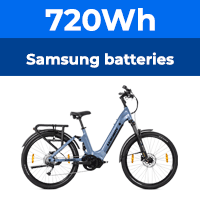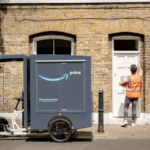Hello,
Advice please. I bought a battery from 8funbikes about 18 months ago, and last week my bike fell over and the wire into the connector to the battery broke in such a way I could not repair. I contacted 8fun with photo of part and they sent me a new connector with a 'short; length of wire, total cost £15.00.
After assembling, the light on the throttle was intermittent and tracing it back I dismantled the new connector and found one of the wires had been badly soldered and had come adrift.
I contacted 8fun with a photo showing new connector with problem and original connector as well . I received an email which said;
"Sorry about this but could you please send it back,
I don't have this brand new part. what I can do is to repair this one."
I cannot help but conclude that this is not exactly good service, would others agree, if not, what do you think I should be asking for.
Thanks for any comments opinions
Advice please. I bought a battery from 8funbikes about 18 months ago, and last week my bike fell over and the wire into the connector to the battery broke in such a way I could not repair. I contacted 8fun with photo of part and they sent me a new connector with a 'short; length of wire, total cost £15.00.
After assembling, the light on the throttle was intermittent and tracing it back I dismantled the new connector and found one of the wires had been badly soldered and had come adrift.
I contacted 8fun with a photo showing new connector with problem and original connector as well . I received an email which said;
"Sorry about this but could you please send it back,
I don't have this brand new part. what I can do is to repair this one."
I cannot help but conclude that this is not exactly good service, would others agree, if not, what do you think I should be asking for.
Thanks for any comments opinions









